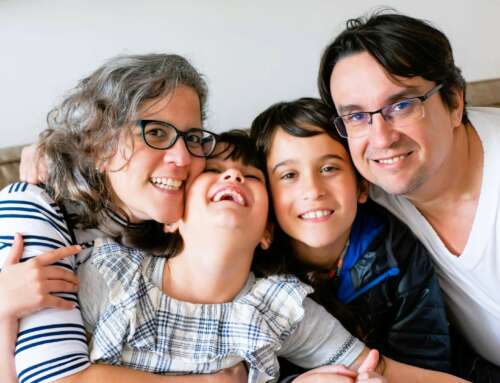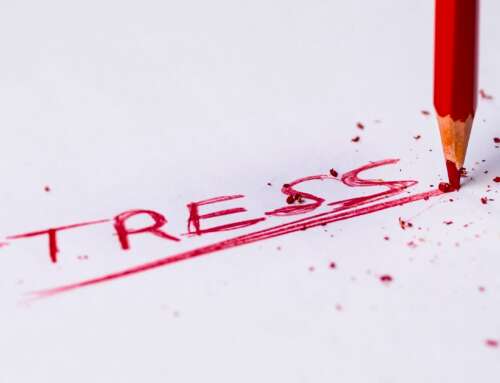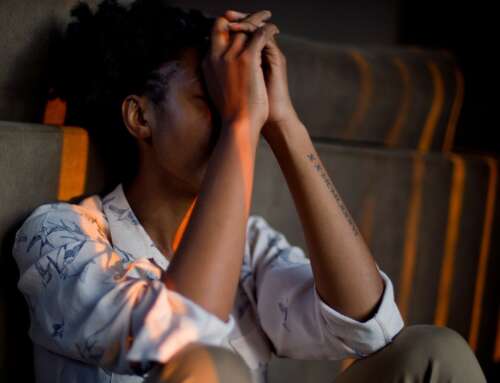
Pixabay Images
As increasing numbers of young people suffer from mental health disorders, the capacity of mainstream schools to support and maintain these students is becoming an increasing challenge. Of particular concern is the number of young people engaging in self-harming behaviour.
The 2015 Australian Child and Adolescent Survey of Mental Health and Wellbeing found 1 in 10 teenagers had deliberately harmed themselves, with the majority having done so in the previous 12 months. Many of these young people arrive at school each day, to be educated by school staff, the majority of whom have limited understanding of and experience in dealing with such behaviours.
In my capacity as Head of School Counselling at the Catholic Schools Office, I found I was inundated with calls from school principals about how to support young people who were self-harming while mitigating the risk to the wider school community.
Eager to have students return to school but fearful of their ability to keep them safe, school principals and school based counsellors are calling for more collaboration and proactive intervention with parents and mental health professionals in the wider community.
In 2009, legislation was introduced in New South Wales which increased a school’s legal obligation to actively manage violent student behaviour. Part 5A of the NSW Education Act (1990) obliges a school to ‘assess, manage and eliminate’ risks posed to the health and safety of all members of the school community. Self-harm that is broadcast to the peer group and results in other young people and staff being exposed to serious injury, can seriously interfere with the psychological wellbeing of others and so may be defined as ‘violent’ under the Act.
Whilst most schools would steer away from classifying a young person who self-harms as violent, more needs to be done to ensure safety.
There is a need for all parties to initiate conversations about student mental health:
– for staff and parents to be educated about self-harm and other mental health issues common to children and young people;
– for students and parents to be encouraged to seek appropriate professional support.
Once professional support is received, the school can work to develop a school management plan that compliments clinical treatment and accommodates a young person’s safe engagement at school.
———————————————-
What schools, parents and mental health professionals can do:
- Be prepared to initiate a conversation about the issue. Don’t try to manage things on your own.
- Be proactive. Don’t wait until things get worse before you decide to involve others in working out how to support a young person.
- Educate the young person, parents and school staff about self-harm and other common mental health issues in young people.
- Refer the young person to a community based mental health professional, if they are not already having treatment.
- Keep lines of communication open. More is gained when the adults around the young person work together.
- Negotiate a school safety plan.
- Respect the young person’s privacy.
- Often there is a lot of emotionality around the issue of self-harm. Be aware of each party’s view of the issue. Respect differences in opinion and be guided by best practice standards and the school’s duty of care.
– Jennifer Coen
Jennifer Coen is a Clinical Mental Health Social Worker with a Masters of Education. She has 20 years’ experience working in child and adolescent mental health and trauma. Having been employed as Head of Counselling at the Catholic Schools Office for 6 years, she has overseen a specialist intervention team, student support programs and teacher training. She is the author of School Safety and the Duty of Care. Managing Students with Serious Mental Health Behaviours in Mainstream Schools – Self Harm. For more information visit: www.jenniecoencounselling.com.







Great article – collaboration is without doubt the key!
Sometimes it is good to speak with those who have actually experienced self harming and listen to how they dealt with the situation.
Experience also plays a part in mentoring and healing ?